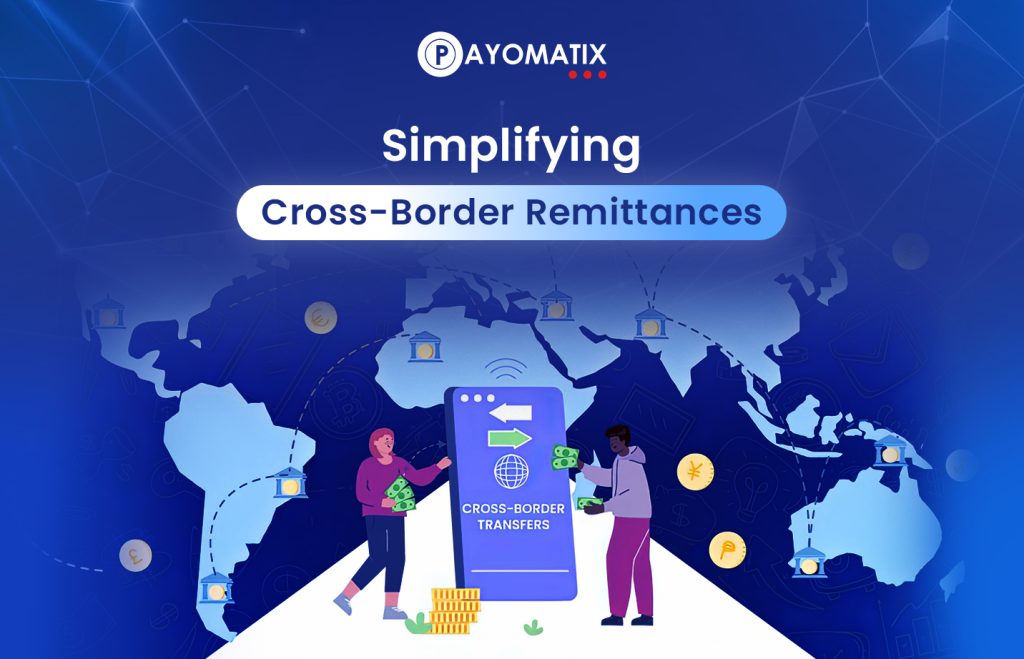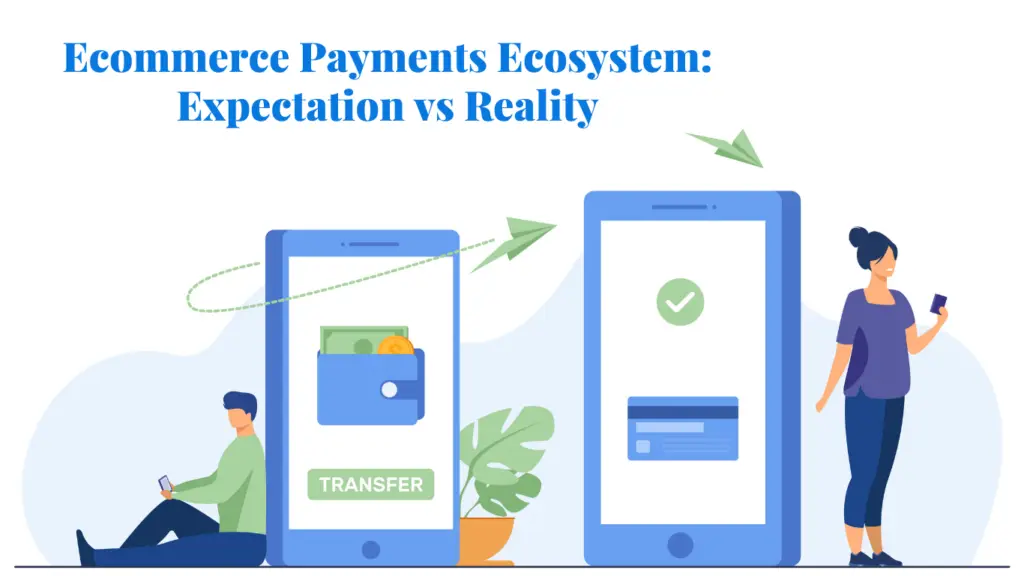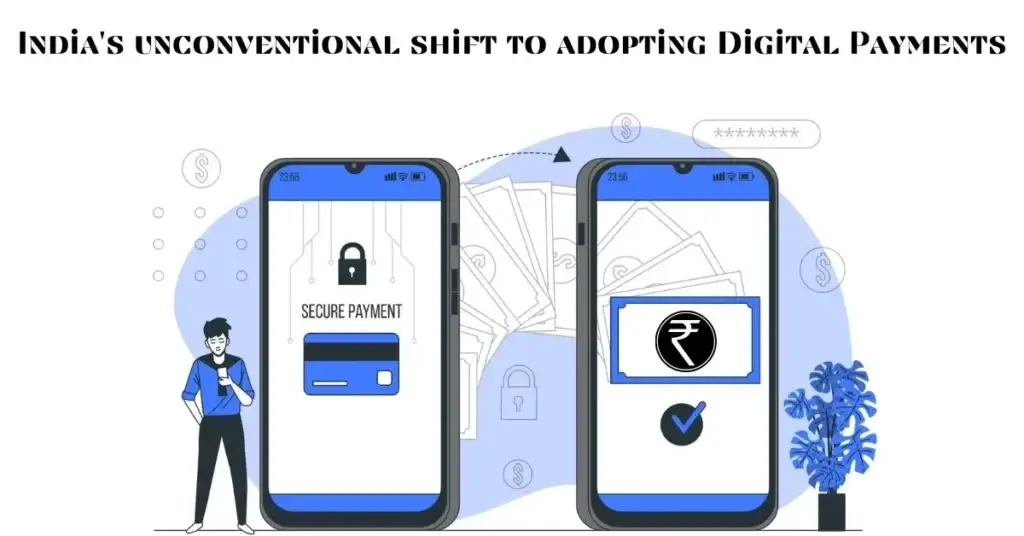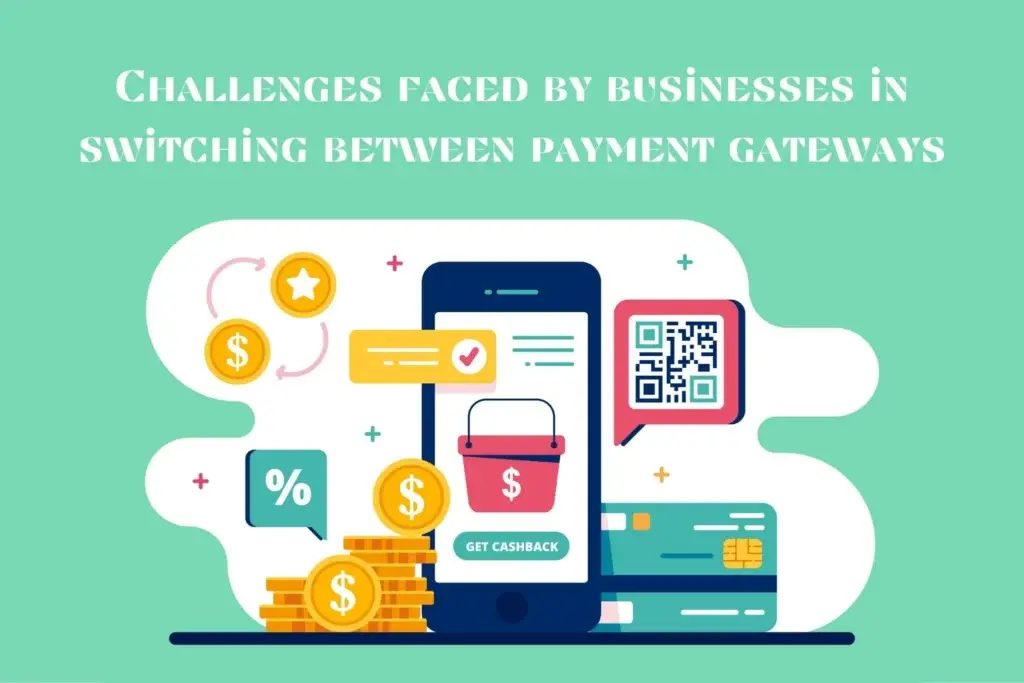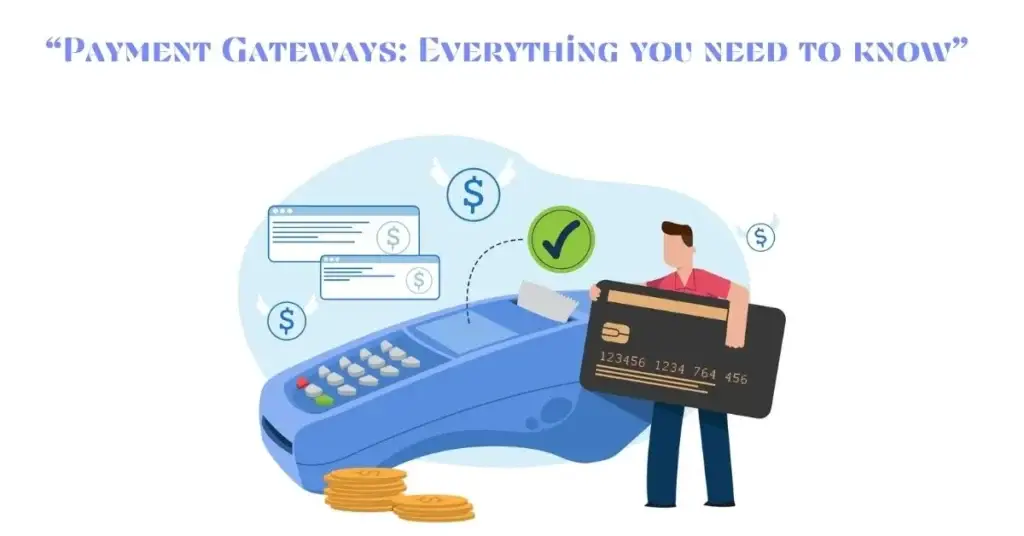Millions of people rely on Cross-Border Remittances to support their families, invest in businesses, and pay for essential services. However, traditional remittance processes can be slow, expensive, and complex. Fortunately, technology is transforming the way international money transfers work, making them faster, more affordable, and highly efficient.
Understanding Cross-Border Remittances
Before diving into technology’s role, let’s understand what Cross-Border Remittances are. Simply put, these are financial transactions where money is sent from one country to another. This is especially important for migrant workers who send earnings back home to support their families. According to the World Bank, global remittance flows reached over $700 billion in recent years, showing the significance of these transactions.
Despite their importance, traditional remittance methods often involve high fees, long processing times, and bureaucratic hurdles. This is where technology steps in to make a difference.
Challenges in Traditional Cross-Border Remittances
Sending money across borders used to be a complicated process. Some of the major challenges include:
1. High Transaction Costs
Traditional money transfer services charge high fees, sometimes reaching 7-10% of the transaction amount. This significantly reduces the money received by beneficiaries.
2. Slow Processing Times
Bank transfers and traditional remittance services can take several days to complete. Delays can be frustrating, especially during emergencies.
3. Lack of Transparency
Many remittance providers do not offer clear tracking options. Senders and recipients often remain uncertain about when the funds will arrive.
4. Limited Accessibility
In many rural areas, access to banking services is limited. People have to travel long distances to receive their funds.
How Technology is Transforming Cross-Border Remittances
Advancements in financial technology (FinTech) are making Cross-Border Remittances more efficient, cost-effective, and secure. Here are some of the key innovations:
1. Digital Payment Platforms
Apps like PayPal, Wise (formerly TransferWise), and Payoneer have revolutionized international money transfers. These platforms offer lower fees compared to traditional banks and process transactions within minutes.
2. Blockchain Technology and Cryptocurrencies
Blockchain ensures fast, secure, and transparent transactions. Cryptocurrencies like Bitcoin and stablecoins such as USDT are being used for Cross-Border Remittances, reducing transaction costs and eliminating intermediaries.
3. Mobile Money Solutions
In many developing countries, mobile money services like M-Pesa (Kenya) and bKash (Bangladesh) allow users to receive funds directly on their mobile phones. This eliminates the need for a bank account and increases financial inclusion.
4. AI and Machine Learning for Fraud Prevention
AI-powered systems can detect suspicious transactions, ensuring security in remittance transfers. This helps prevent fraud and enhances trust in digital remittance services.
5. Real-Time Payment Systems
With real-time payment systems, transactions are processed instantly. Countries like India (with UPI) and the European Union (with SEPA Instant) are already benefiting from such systems.
See the UPI solutions of Payomatix
Benefits of Technology-Driven Cross-Border Remittances
The impact of technology on Cross-Border Remittances is profound. Some of the major benefits include:
1. Faster Transactions
With digital platforms, money can be sent and received within seconds instead of days.
2. Lower Costs
Blockchain and digital wallets eliminate intermediaries, reducing fees significantly.
3. Greater Transparency
Real-time tracking ensures that both senders and recipients know exactly where their money is at all times.
4. Enhanced Security
Advanced encryption and AI-driven fraud detection make digital transactions more secure than ever before.
5. Financial Inclusion
People in remote areas can access funds through mobile money services, even without a traditional bank account.
The Future of Cross-Border Remittances
The future of Cross-Border Remittances looks promising as technology continues to evolve. Here are some trends to watch:
1. Central Bank Digital Currencies (CBDCs)
Countries are exploring digital versions of their currencies, which could further simplify international money transfers.
2. More AI-Driven Solutions
AI will continue to enhance security, customer support, and fraud detection in remittance services.
3. Expansion of Real-Time Payment Networks
More countries are developing real-time payment infrastructures, reducing reliance on traditional banking systems.
4. Wider Adoption of Blockchain
As blockchain technology becomes more mainstream, remittance costs will decrease, and transaction speed will increase.
5. Increased Competition Among FinTech Companies
With more players entering the market, users can expect better services, lower fees, and faster transactions.
Conclusion
As technology continues to evolve, the future of international money transfers looks brighter than ever. Whether you are a migrant worker supporting your family or a business making cross-border payments, embracing digital remittance solutions can save time, reduce costs, and provide peace of mind.
Frequently asked question
1. How does technology simplify Cross-Border Remittances?
Technology enables faster, cheaper, and more secure money transfers through digital platforms, blockchain, and mobile wallets.
2. What are the benefits of using digital payment platforms for remittances?
They offer lower fees, real-time tracking, faster transactions, and improved security compared to traditional banks.
3. Can blockchain improve Cross-Border Remittances?
Yes, blockchain reduces intermediaries, enhances security, and enables near-instant, low-cost international transactions.
4. Are mobile wallets safe for international money transfers?
Yes, mobile wallets use encryption and authentication features to ensure secure global transactions.
5. What is the future of Cross-Border Remittances?
Advancements like AI, CBDCs, and biometric security will further enhance speed, security, and accessibility.

